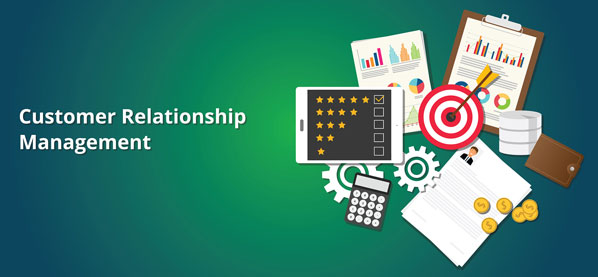
If you think customer relationship management is just about a piece of software, you’re dead wrong.
Customer relationship management is about understanding your customers. It’s about really knowing them as individuals, knowing what they mean to your business, and most of all, knowing what you need to do to keep their business.
Ideally, you need a profile for each of your customers. Most customers will gladly give you the information you need especially if there is a small incentive. Offer them a coupon, a special discount, a gift certificate or even movie passes.
What do you need to include in the profile? Other than personal information, data you track can be as detailed or as simple as you can manage. The key point is to use a process or system. Here are some basic categories of things you want to know for sure:
Customer Value – How much do they spend with you in a month or a year?
Top 10 or 20 Percent – Who are the top 10 or 20 percent of your most valuable customers? These are your “gold” customers. Know who they are and treat them accordingly.
Why They Choose You – Why do they keep doing business with you? If you’re not sure about what you’re doing right, how will you know what to keep doing? Ask them!
Where They Came From – How did they find you? If you know where they came from you can go back for more customers just like them.
Who They Brought with Them – What new business have they brought you? Who have they referred you to? Referrals are like automatic deposits in your bank account. Find out who is making the deposits.
How You Thanked Them – If you don’t currently use a simple system to thank your customers, start now! Customers who feel appreciated are easier to retain, and better yet they will reciprocate with referrals.
Deal Breakers – This is the most overlooked bit of critical data. If you’ve lost customers or just haven’t seen them in a while (and it happens to all of us), find out what’s going on. Most customers will welcome the opportunity to tell you, especially if something went wrong. What you don’t know can hurt you!
Now, compile the information, keep it up to date, review it regularly, and use it to manage your customer relationships. A simple spreadsheet, database may work just fine for a smaller business.
The objective is to collect enough information and data that you can use to understand how they are important to your business. It’s the same concept retailers and buying clubs use in issuing customer cards. They use the information to track customer value, buying habits, etc.
Too busy to spend your time collecting information about your customers? Think again!
If you’re serious about competing in today’s business climate, it’s time to start strategically managing your customer relationships. After all, your relationships with your customers are your business..
About the Author
Lora Adrianse has 28 years of corporate experience with a focus on Customer Service, Training, Leadership Development and Executive Administration. She is passionate about working with highly motivated individuals, teams and leaders who want to unleash their potential.




